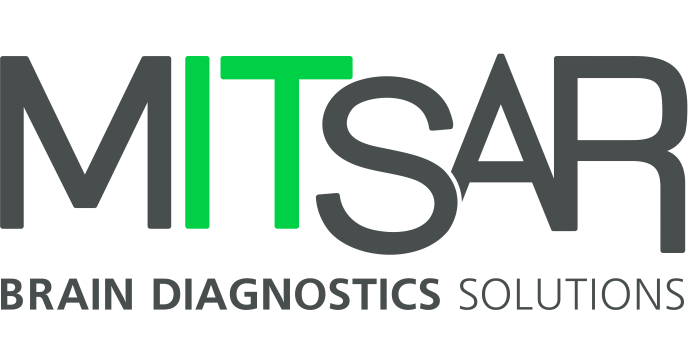BrainLoc: Revolutionizing EEG Source Localization in Clinical Practice
BrainLoc is software for 3D localization of electrical activity sources in the brain. Developed by Mitsar, this software offers innovative solutions for EEG data analysis, providing precise localization of pathological and functional brain activity. BrainLoc serves as a powerful alternative to traditional methods like LORETA (Low-Resolution Electromagnetic Tomography), widely used in neuroscience and clinical diagnostics.What is BrainLoc?BrainLoc provides comprehensive tools for the identification and mapping of brain activity sources using multi-channel EEG data. Its primary focus includes:Localization of pathological activity**...


